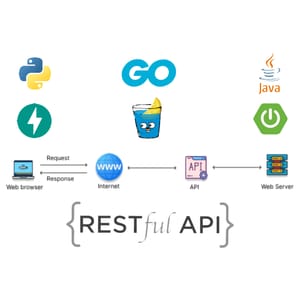Series: Data Structures and Algorithms
Type: Dynamic Array
DS: Arrays
Code: Google Collab Notebook
Introduction
The coin change problem, rooted in number theory, tests proficiency in array manipulation, sorting algorithms, and the design of greedy strategies.
The problem presents a scenario involving an array of integers, each representing a coin value. The task is to determine the minimum amount of change that cannot be created from these coins. While it may seem straightforward, the problem pushes you to think critically about algorithm design and efficiency.
A key aspect of this problem is the application of a greedy algorithm. Greedy algorithms follow the problem-solving heuristic of making the locally optimal choice at each stage, hoping that these local solutions will lead to a global optimum.
In the following sections, we'll delve into this problem, examining various approaches and their efficiencies.
The series will cover a broad range of questions from Easy-Hard difficulty and will have helpful interview tips throughout the posts.
You don't have full access to this post on Amitk.io at the moment.
Subscribe nowAlready have an account? Sign in



